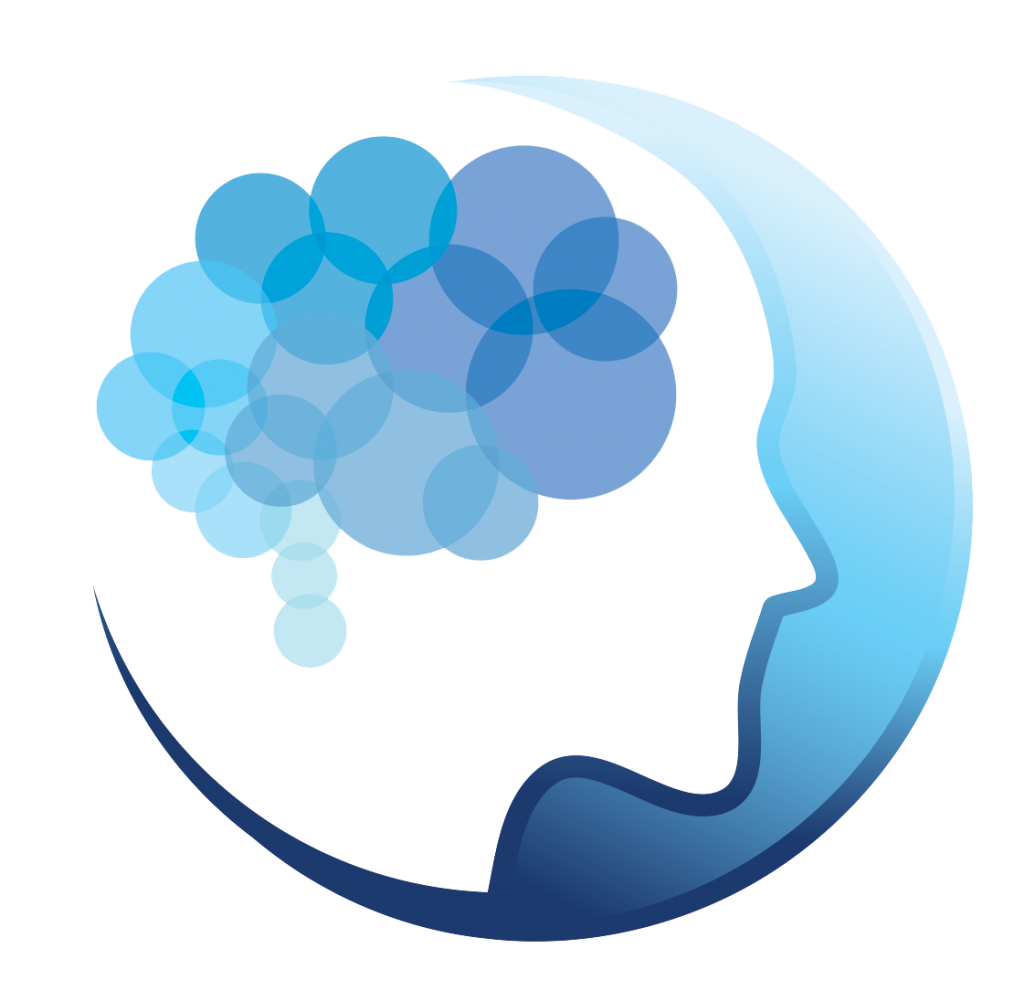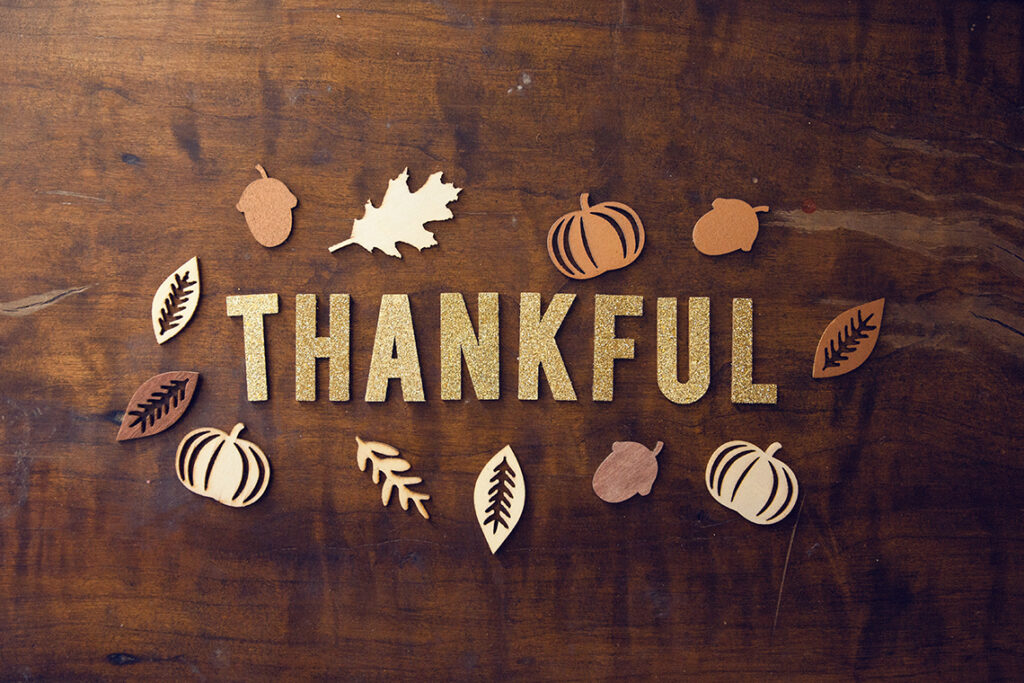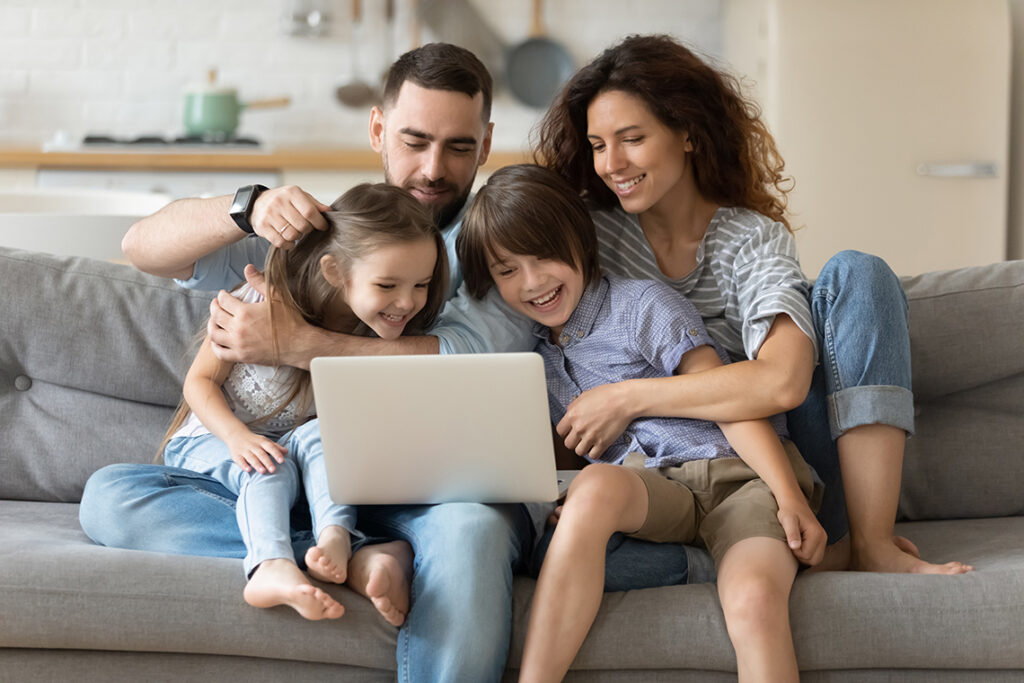Being apart from our loved ones in time of stress and fear directly conflicts with the way humanity is biologically designed. This quick brain hack helps you experience a physiological sense of connection when you are connecting remotely. Now you can enjoy your zoom dates, virtual holiday connections, virtual happy hours and WhatsApp/FaceTime calls with the people you love and share the experience of a physically distanced hug! Double bonus? A delightful dose of Serotonin and GABA. Physically Distanced doesn’t mean Socially Disconnected. Let’s hug each other—virtually!













